Mittenwald, Bavarian Cello c.1840 (GE027) SOLD




Mittenwald, Bavarian Cello c.1840 (GE027) SOLD
A wonderful, charming old antique cello from Mittenwald, Bavaria, Germany.
This lovely old cello has had a full restoration; there are a number of crack repairs, all are stable and the instrument has been brought up to top playing condition. It has had a new fingerboard, bridge & nut cut and it is fitted with new premium strings; Spirocore Tungsten for the bass, Larsen Magnacore for the treble and a Wittner tailpiece.
This cello sounds like what a quintessential antique cello should sound like – mature, evocative, noticeably different from the sound of a new instrument. If you are looking to get a lot of emotion out of your playing, then this noble beauty might be for you. It possesses good power, projection and a smokey sound with lovely subtly of notes.
There is no label, but there are a number of features that instantly identify this instrument as hailing from the Mittenwald area. Early violin making was quite a parochial industry, regions developed their own styles as trade secrets and manufacturing techniques were passed on between family members and close knit communities. Early Mittenwald features included a one piece lower rib and distinctive looking scroll, this cello exhibits both these plus some other clues.
Mittenwald is a picturesque little Bavarian town in the very south of Germany abutting the foothills of the Alps. It is situated at the northern end of the Brenner Pass, a relatively low transalpine route across Austria to the Lombardy region in Italy.
Mathias Kloz (1653 – 1743) is credited with bringing violin making to the region. Kloz apprenticed as a lute maker in Padua, Italy before returning to Mittenwald and beginning the production of violins & violas. Kloz made his violins in the Cremona style, using an inside mold, clearly influenced by Jacob Stainer who worked in nearby Absam, near Innsbruck. Kloz was joined by his sons and started a violin making tradition that is known today as the Mittenwald School.
Mittenwald flourished in the 19th c. with the growing demand for affordable instruments. The industry collapsed after WW1 but post WW2 saw a renaissance and celebration of Mittenwald’s contribution to violin making with the opening of a fine museum.
The length of back is 740 mm, high resolution photos available on request.
Please inquire about price.
